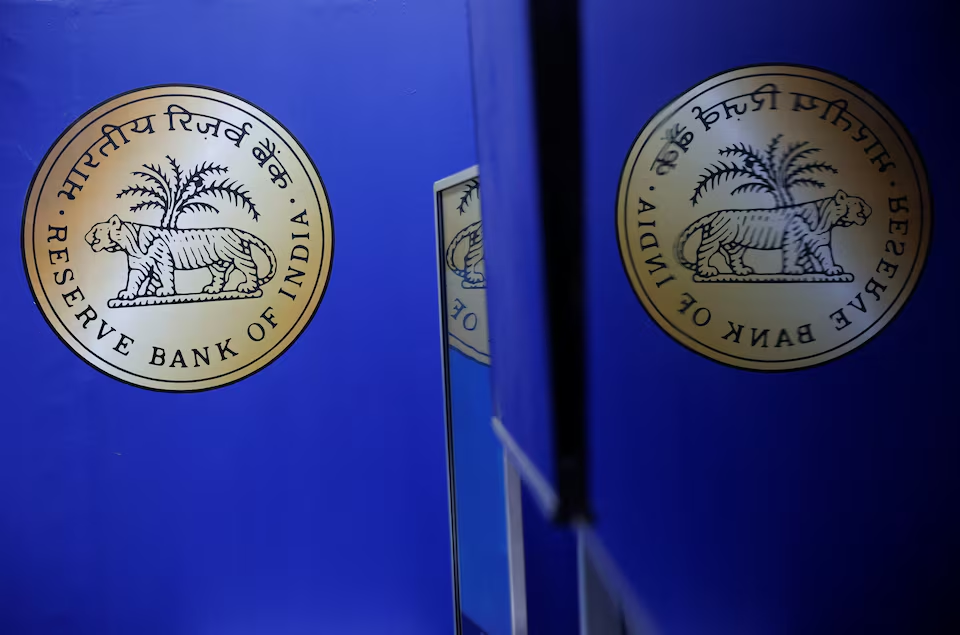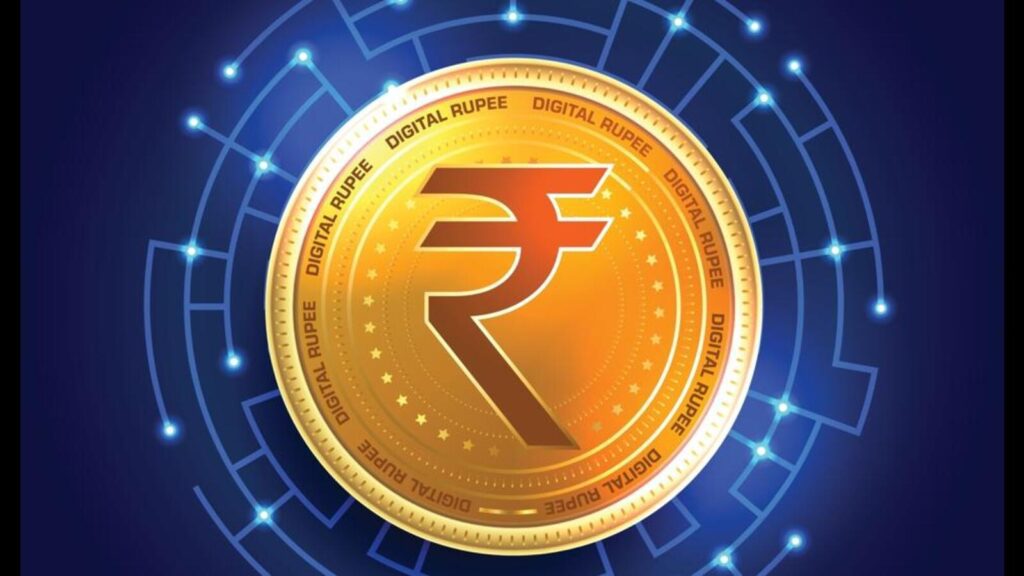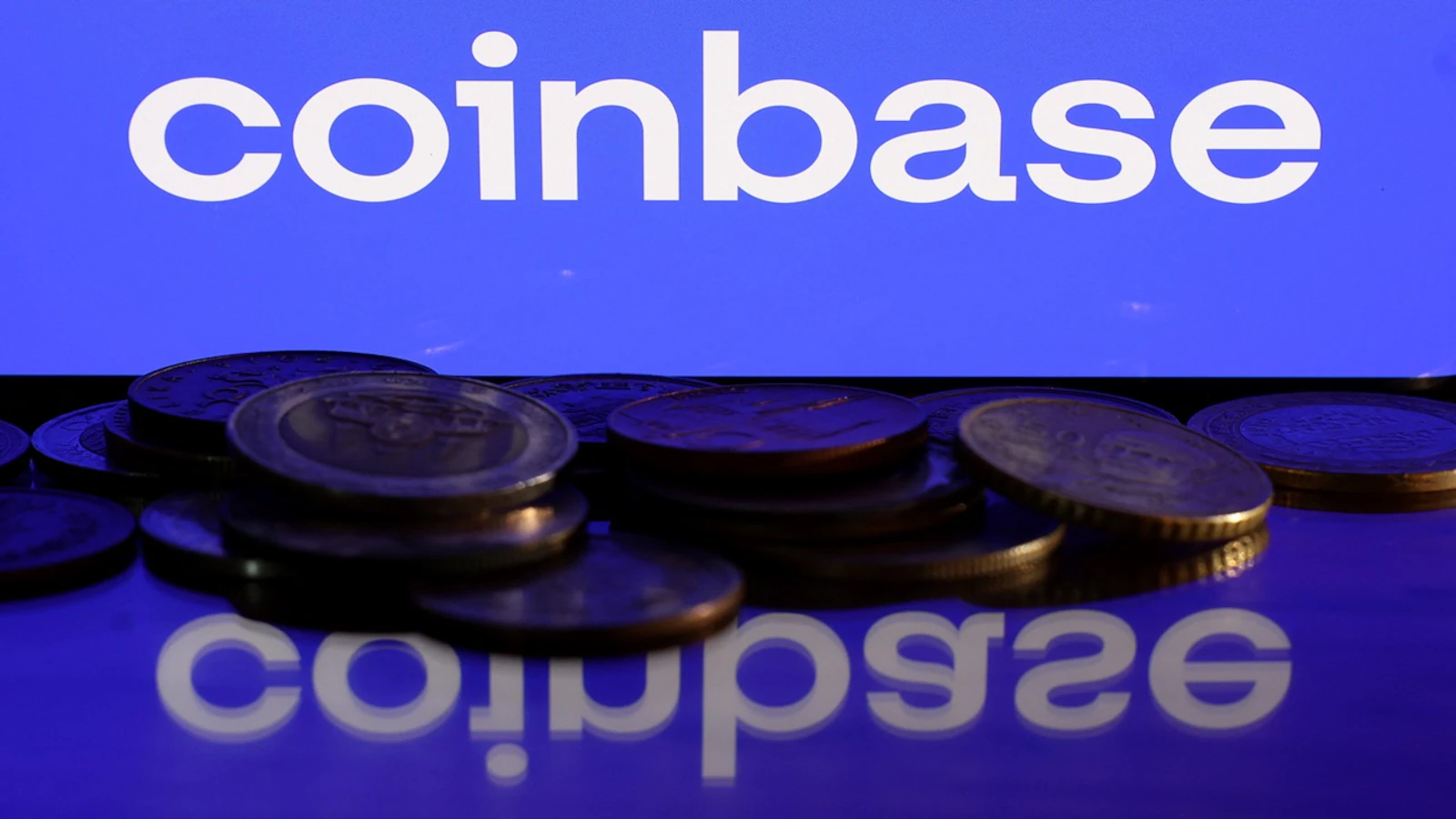Now Reading: RBI’s Tokenisation Pilot: Is India Stepping Into Digital-Asset Backed Banking
-
01
RBI’s Tokenisation Pilot: Is India Stepping Into Digital-Asset Backed Banking
RBI’s Tokenisation Pilot: Is India Stepping Into Digital-Asset Backed Banking

The Reserve Bank of India is planning a tokenisation pilot for Certificates of Deposit (CDs), a move that could narrow the gap between traditional banking and digital assets. This shift has potential to reshape how savings and credit function, especially in Tier-2 and Tier-3 cities where banking access is evolving. But with promise come challenges — regulation, technology, and public trust must keep pace.
What Is Tokenisation and Why RBI Is Trying It
Tokenisation means issuing a digital token that represents a real-world financial instrument — in this case, a Certificate of Deposit issued by banks. It makes the instrument easier to transfer, trade, and settle using blockchain or other distributed ledger technologies. The idea is to enhance liquidity, reduce settlement times and bring in innovations like fractional ownership.
RBI’s pilot aims to test how tokenised CDs would function in India’s financial architecture: how to issue them, ensure custody, manage settlement risk, and protect investors. The pilot will likely involve select banks and controlled environments before any large-scale launch.
Potential Upsides for Indian Markets
In Tier-2 and smaller cities, the benefits may be significant. Tokenised CDs could make it easier for local investors to access instruments traditionally available only to big players. Lower entry thresholds and digital processing may democratise access to fixed-income products.
Faster settlement and lower transaction costs also matter. Instead of waiting days for clearing and settlement, tokenised instruments could settle near-instantly. For regional banks or credit societies in smaller towns, this could improve efficiency and reduce overheads.
Innovative financial services — like combining tokenised CDs with lending or bundling into products — become possible. That could spur fintech growth in cities beyond metros, driving financial inclusion and new business models.
Risks, Challenges and What Needs to Be Solved
Regulatory ambiguity is a major hurdle. India doesn’t yet have a dedicated legal framework for tokenisation or digital securities. Questions around property rights, insolvency treatment, and oversight remain open.
Technological trust is another barrier. The pilot must ensure security, resilience to hacking, rollback mechanisms, and disaster recovery — any failure could damage confidence nationwide. In smaller cities, where digital literacy is uneven, explaining how tokenisation works is critical.
Liquidity and market depth also matter. Tokenised instruments only help if there are buyers and sellers. In less active markets, tokens risk becoming illiquid. Custody and interoperability across platforms will need robust standards.
What This Means for Citizens in Tier-2/3 Cities
If the pilot succeeds and scales, citizens in smaller towns could find it easier to invest in safer, regulated financial instruments. They may no longer need to depend solely on local banks or savings accounts for higher yields.
Banks and credit societies may partner with platforms offering token-based services, bringing innovation to local financial offerings. Smaller cities may see fintech penetration deepen, with user-friendly apps and micro-investment options for tokenised assets.
However, users must remain cautious. Understanding how tokenised products differ from traditional ones is key. Users should check who holds the custodian role, how settlement works, and whether there is government or regulatory backing.
Looking Ahead
The RBI’s tokenisation pilot marks one of the boldest experiments at the intersection of finance and technology in India. It signals that the central bank is open to reimagining how banking and capital markets work. But success won’t be easy — it demands regulatory clarity, technological maturity, and public trust.
For Tier-2 and Tier-3 India, this could be a turning point. If rollouts are thoughtful and inclusive, tokenisation may unlock opportunities previously reserved for bigger cities and institutional investors. But if execution falters or risks are ignored, it may backfire. The coming months will reveal whether India is ready to lean toward digital-asset backed banking — or if the idea stays confined to pilot projects.

























